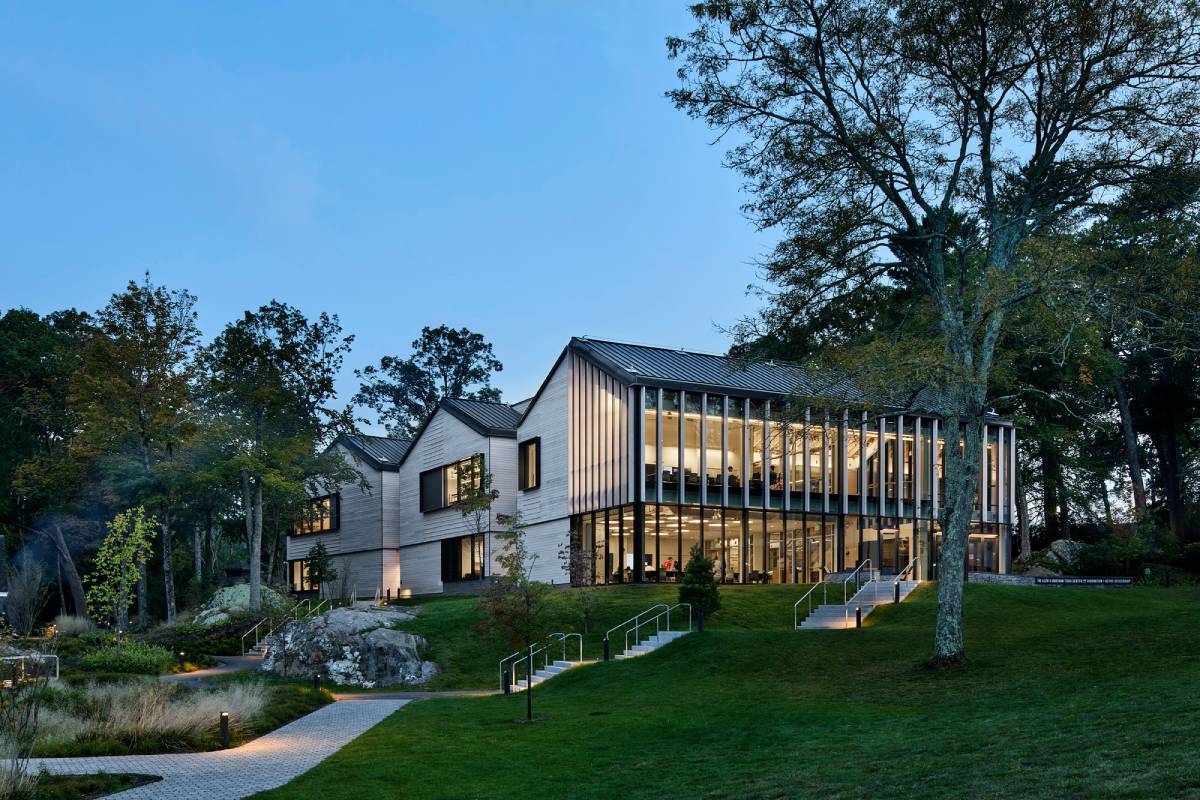Capcom announces Resident Evil Requiem, Year 3 for Street Fighter 6, and updates on Onimusha: Way of the Sword
Fresh off Summer Game Fest 2025, Capcom announced a slew of new information on a trio of distinct titles! From the long-awaited announcement of the next Resident Evil to the four characters joining Street Fighter 6 and finally, a deeper look at Onimusha: Way of the Sword, we’ve got the recap ready just for you.
Play Video
Resident Evil Requiem revealed
View and download image
Download the image
close
Close
Download this image
Resident Evil Requiem features a new protagonist Grace Ashcroft, who is given a case to investigate, leading to the terrifying events to follow. While survival horror takes centerstage, Resident Evil Requiem will feature high-stakes cinematic action that will take the series in a bold new direction. Stay tuned for more info on this defining entry to the iconic series that will celebrate its 30th anniversary next year. Resident Evil Requiem will be released on February 27, 2026.
Year 3 for Street Fighter 6 starts this summer
Play Video
Coming in with an uppercut, the next four characters are on their way for Year 3 of Street Fighter 6. Fans of the series may recognize these characters as they’re all returning in some way or form making this year a celebration of Street Fighter. The king Sagat will claim his throne in summer 2025. If you wait until the end of the trailer, you’ll see a short snippet of Sagat’s gameplay featuring some of his signature moves. C. Viper, the expert in spy gear, makes her way back to the series in fall 2025. Alex, the fighter with explosive power and masterful techniques, arrives in early spring 2026. Finally, the mysterious entity known as Ingrid makes her debut in a mainline Street Fighter title in late spring 2026.
We also announced the return of the grand prize for Capcom Cup 12 taking place next year in Japan! Think you have what it takes to compete? We do! Register for the Capcom Pro Tour and find out.
Street Fighter Years 1-2 Fighters Edition also just released, which includes all characters from Year 1 and 2, and their colors 3-10 for Outfit 1. This is the perfect K.O. to get to caught up on all things Street Fighter 6.
New weapons, souls, abilities, and foes fit for a samurai
Play Video
Onimusha: Way of the Sword unsheathed a more detailed look at the swordplay action you can expect in 2026. Set during the Edo period, our new protagonist Miyamoto Musashi must explore a Kyoto twisted by the influence of malevolence known as Malice.
In the latest trailer titled 2nd Trailer: Formidable Foes Emerge, we offer a further peek into the dark fantasy environments scattered with fearsome new enemies and showcase the riveting action like the powerful Issen that all form a samurai experience worthy of the legendary Musashi. Acting opposite our protagonist is his conniving rival Sasaki Ganryu who also wields an Oni Gauntlet and is an Onimusha in his own right. How will their stories intertwine? At the end of the trailer, a woman emerges from the glow of Musashi’s Oni Gauntlet. What role does she play?
If you want your hands on something Onimusha, the remaster of Onimusha 2: Samurai’s Destiny featuring Jubei Yagyu was just released back in May. Though the gameplay may be different than what you can expect in Onimusha: Way of the Sword, the basic principles like souls, Genma, and dark fantasy ambience will be similar. New features in the remaster include a new Hell mode difficulty where taking one strike equals a game over, auto-save, easy weapon switching, and a new gallery mode. You can also play the first title Onimusha: Warlords with the Onimusha 1+2 pack, available now.
That’s the short and sweet recap of everything Capcom announced at Summer Game Fest, but there’s far more to share for each title in the future. Whether you’re a fan of survival horror, samurai action, or a good old street fight, there’s something for everyone in Capcom’s 2025 and 2026! Thanks for all the support!
#capcom #announces #resident #evil #requiem
Capcom announces Resident Evil Requiem, Year 3 for Street Fighter 6, and updates on Onimusha: Way of the Sword
Fresh off Summer Game Fest 2025, Capcom announced a slew of new information on a trio of distinct titles! From the long-awaited announcement of the next Resident Evil to the four characters joining Street Fighter 6 and finally, a deeper look at Onimusha: Way of the Sword, we’ve got the recap ready just for you.
Play Video
Resident Evil Requiem revealed
View and download image
Download the image
close
Close
Download this image
Resident Evil Requiem features a new protagonist Grace Ashcroft, who is given a case to investigate, leading to the terrifying events to follow. While survival horror takes centerstage, Resident Evil Requiem will feature high-stakes cinematic action that will take the series in a bold new direction. Stay tuned for more info on this defining entry to the iconic series that will celebrate its 30th anniversary next year. Resident Evil Requiem will be released on February 27, 2026.
Year 3 for Street Fighter 6 starts this summer
Play Video
Coming in with an uppercut, the next four characters are on their way for Year 3 of Street Fighter 6. Fans of the series may recognize these characters as they’re all returning in some way or form making this year a celebration of Street Fighter. The king Sagat will claim his throne in summer 2025. If you wait until the end of the trailer, you’ll see a short snippet of Sagat’s gameplay featuring some of his signature moves. C. Viper, the expert in spy gear, makes her way back to the series in fall 2025. Alex, the fighter with explosive power and masterful techniques, arrives in early spring 2026. Finally, the mysterious entity known as Ingrid makes her debut in a mainline Street Fighter title in late spring 2026.
We also announced the return of the grand prize for Capcom Cup 12 taking place next year in Japan! Think you have what it takes to compete? We do! Register for the Capcom Pro Tour and find out.
Street Fighter Years 1-2 Fighters Edition also just released, which includes all characters from Year 1 and 2, and their colors 3-10 for Outfit 1. This is the perfect K.O. to get to caught up on all things Street Fighter 6.
New weapons, souls, abilities, and foes fit for a samurai
Play Video
Onimusha: Way of the Sword unsheathed a more detailed look at the swordplay action you can expect in 2026. Set during the Edo period, our new protagonist Miyamoto Musashi must explore a Kyoto twisted by the influence of malevolence known as Malice.
In the latest trailer titled 2nd Trailer: Formidable Foes Emerge, we offer a further peek into the dark fantasy environments scattered with fearsome new enemies and showcase the riveting action like the powerful Issen that all form a samurai experience worthy of the legendary Musashi. Acting opposite our protagonist is his conniving rival Sasaki Ganryu who also wields an Oni Gauntlet and is an Onimusha in his own right. How will their stories intertwine? At the end of the trailer, a woman emerges from the glow of Musashi’s Oni Gauntlet. What role does she play?
If you want your hands on something Onimusha, the remaster of Onimusha 2: Samurai’s Destiny featuring Jubei Yagyu was just released back in May. Though the gameplay may be different than what you can expect in Onimusha: Way of the Sword, the basic principles like souls, Genma, and dark fantasy ambience will be similar. New features in the remaster include a new Hell mode difficulty where taking one strike equals a game over, auto-save, easy weapon switching, and a new gallery mode. You can also play the first title Onimusha: Warlords with the Onimusha 1+2 pack, available now.
That’s the short and sweet recap of everything Capcom announced at Summer Game Fest, but there’s far more to share for each title in the future. Whether you’re a fan of survival horror, samurai action, or a good old street fight, there’s something for everyone in Capcom’s 2025 and 2026! Thanks for all the support!
#capcom #announces #resident #evil #requiem














